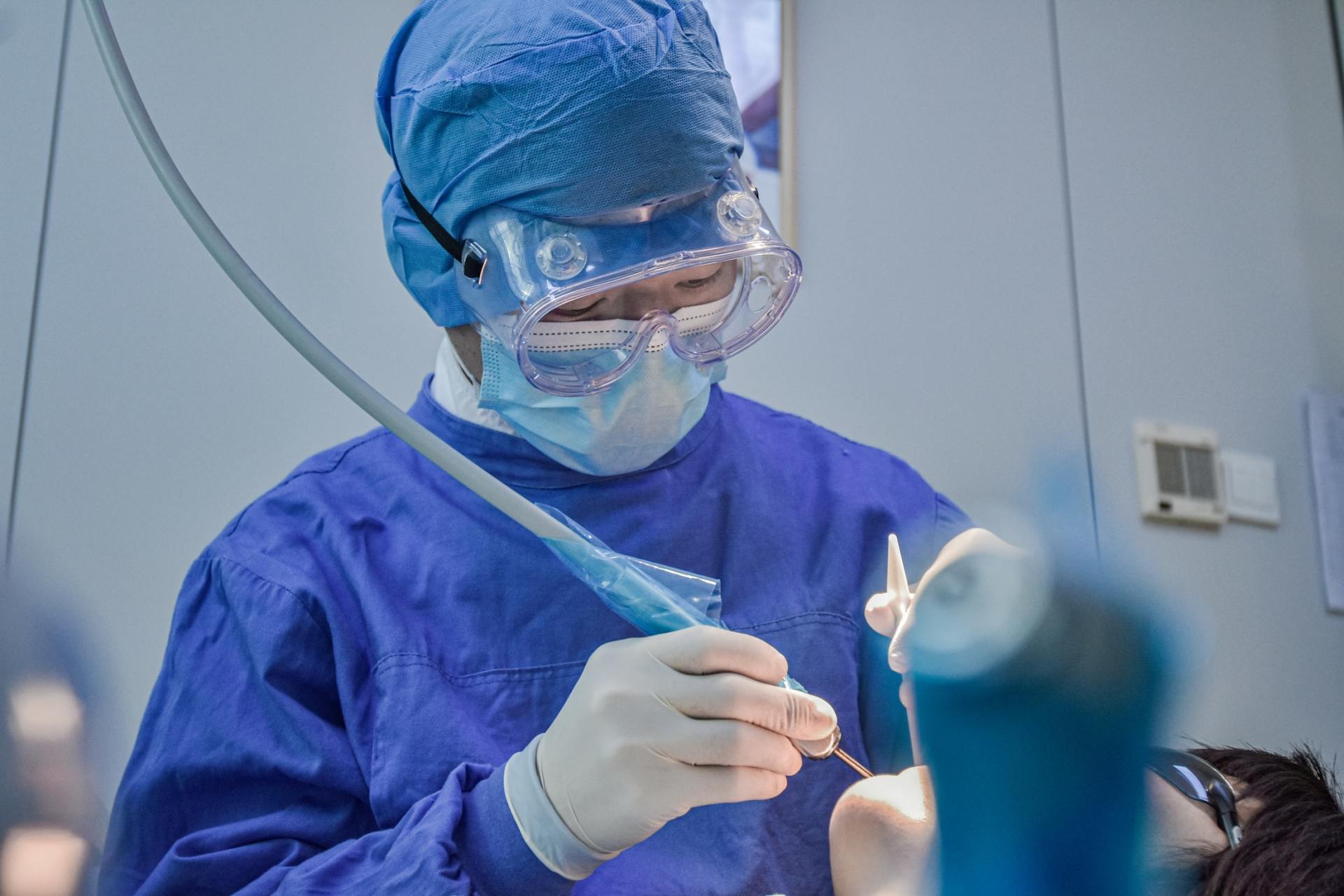What is Conscious Sedation?
Depending on how severe a patient’s dental condition is, some procedures require – or are at least recommended to include – conscious sedation to safely proceed, especially if there are risks of possible complications during the treatment.
Also called "sleep dentistry," this type of sedation can be given orally or intravenously to patients, which are processes requiring special training on behalf of a typical dentist but are more commonly performed by oral surgeons. Common drugs used for conscious sedation include Lorazepam, Ativan, Sublimaze, and Phenergan. For patients with an upcoming dental procedure that calls for conscious sedation, here is what you must know going into the procedure and coming out of it.
When Conscious Sedation is Needed
Sedation is typically used in dental procedures when they become more complicated or long from a surgical standpoint or if there’s a chance the patient will become anxious during the procedure. It’s not easy predicting how a patient might react toward the sounds and sensations of surgery, which leads to most people choosing sedation for their procedure whether it’s gum surgery, implants, and wisdom teeth removal. Patients will likely remain awake but will be relaxed and unable to feel pain while consciously sedated.
These procedures are often performed at the doctor’s office, but they can also be performed in a surgery center or a hospital—it often depends on the patient’s case as well as the recommendation by the dentist or oral surgeon.
How Patients Feel After Sedation
While it can vary depending on how long and how much patients are sedated, most feel good within several hours of coming out of the procedure. Some feel slightly drowsy or even "goofy" upon waking up—the aftereffects might last a couple minutes or patients might even want to sleep after getting home. Most patients wake up the following day with no problems save swelling from the actual surgery.
Post-Sedation
Regarding post-surgery care, patients can typically resume their daily oral health care routine once they can eat again unless their dentist or oral surgeon has specific instructions for them. Occasionally, the areas that were just operated on may be somewhat tender, so a dentist may prescribe his or her patient a pain relief medicine, such as hydrocodone or a stronger form of ibuprofen, for the duration of the patient’s recovery.
To sum it all up, conscious sedation is a safe, effective tool for long or complex dental procedures. Oftentimes, patients prefer avoiding anxiety, and there are fewer ways of making dental procedures easier to endure than this. Even better, patients typically worry about future treatment much less once they know they have nothing to fear.
If you are weary of having a dental procedure done due to the high costs of dental care, consider a New Hampshire discount dental plan like the Wellness Dental Plan. To find out how you can save as much as 20 percent off your dental bills, click here.
Copyright: oneblink / 123RF Stock Photo










